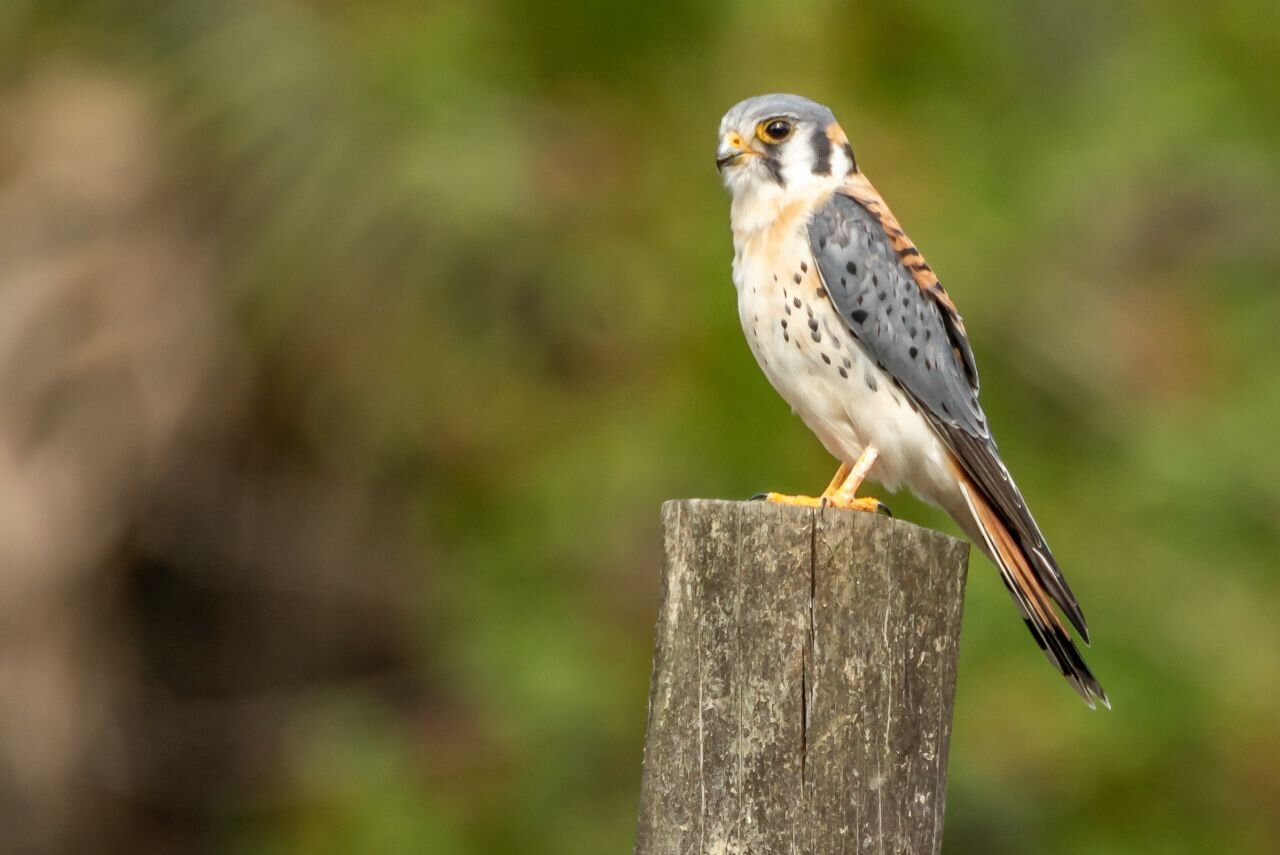Snow Goose!
“There’s a white goose with all the Canada Geese down on our lower pond, you ought to go check it out.”
Our grandson, who lives in the old original farmhouse on our property and looks after our home all winter while we are in Florida keeps an eye out for any different birds that might show up anywhere on the farm. He was not aware of how significant his report was. Within minutes we were down at the lower pond photographing the first ever Snow Goose (top) that we have ever seen on the farm. Jewel was born and raised on the farm and has been a birder most of her life and had never seen a Snow Goose on the property even though we have had winters when between 4,000 and 5,000 Canada Geese would virtually cover the entire lower pond and spend entire days in the fallow corn fields surrounding it.
Snow Geese are certainly not rare and, in fact, can be seen in amazing numbers in the right locations. At Bombay Hook National Wildlife Refuge in Delaware they gather in the fields by the thousands (photo 2, including a blue morph Snow Goose and several juveniles) and when they take flight they fill the sky in a form of blizzard (photo 3). A few also can be found along the seashore in New Jersey, but Delaware is where they truly congregate in enormous flocks. During migration there are some large lakes in Pennsylvania such as Middle Creek Wildlife Management Area where they also can be found, but none of them are anywhere near our farm.
Occasionally wintering Snow Geese can be found in with the numerous Canada Geese on two of the larger nearby lakes just a few miles away, Nockamixon and Peace Valley, but they typically do not linger for long, and have never wandered over to our property before. (Of course, we are in Florida all winter and therefore not here to watch for them, but our grandson who is present all winter, assures us he has never seen one here before.) Snow Geese are slightly smaller than Canada Geese, and have a somewhat different structure. (Photos 4 and 5)
The Snow Goose visiting us stayed for only three days hanging out with a small group of Canada Geese, but always seeming to stay on the outer fringes of the group. We have a floating contraption on the pond called “Away With Geese” which is solar operated and emits a circulating light 360 degrees all night long right at the level of geese eyes. This device apparently spooks the geese and, after a night or two of suffering with it, the geese eventually abandon the pond.
It has worked well for us and has ended the problem of goose excrement (note: I have not referred to the goose droppings in the vernacular) all over the entire area surrounding the pond including the long lane to our home. Whenever we walked down the lane to pick up our mail or simply walk for exercise we had to do the goose dropping slalom up and down the lane. While we no longer have a general goose problem, one small group of about 10 Canada Geese have seemed to adjust to the “Away With Geese” machine, and simply continue to hang around our pond unfazed by the machine. I suspect they now spend their nights on the bank of the pond below the level of the water so that they can’t even see the machine.
Whenever a new unexpected bird shows up in an unexpected location it generates excitement. Just think of all the rare birds that show up at different locations in Florida, or anywhere else for that matter. Birders are quick to spread the news on hotlines, rare bird alert computer sites, and rush to check out the sighting. The same is true to a lesser extent when it occurs close to home on our own property. It’s amazing how birds can invade our entire psyche and give us joy and pleasure. And small discoveries like this Snow Goose can even heighten that joy and pleasure. Almost like discovering a new romance. Well, maybe that is a stretch. Still, very exciting and heart-warming.
For a video of Snow Geese at Bombay Hook National Wildlife Refuge, see: video.search.yahoo.com/search/video?fr=mcafee&ei=UTF-8&p=bombay+hook+national+wildlife+refuge&type=E210US885G91507#id=40&vid=85849c7c57152d0897be0b2277169617&action=view.
For more on Snow Geese migration at Middle Creek Wildlife Management Area, see:uncoveringpa.com/middle-creek-snow-geese-migration.
For more about the “Away With Geese” machine, see: www.awaywithgeese.com/how-it-works/.






















